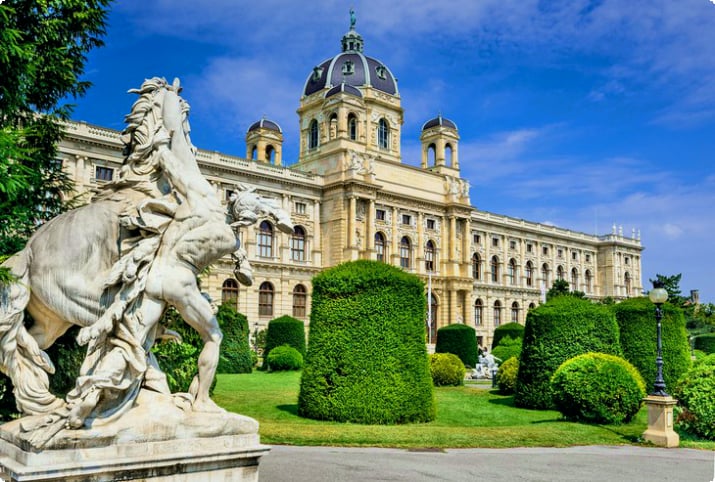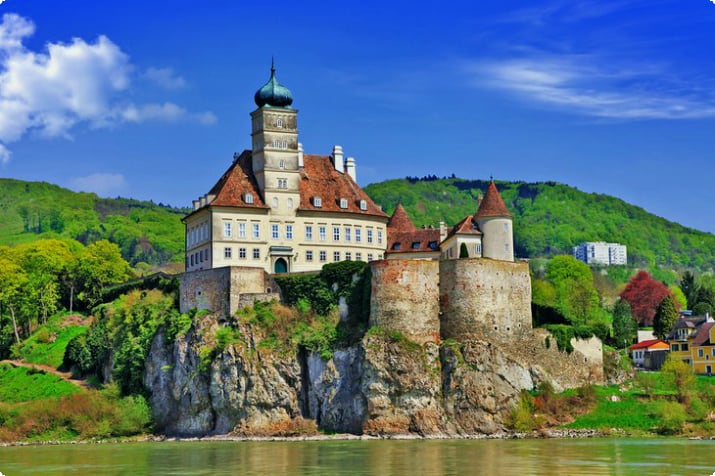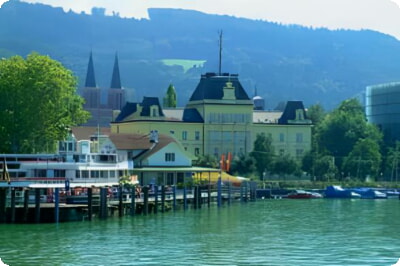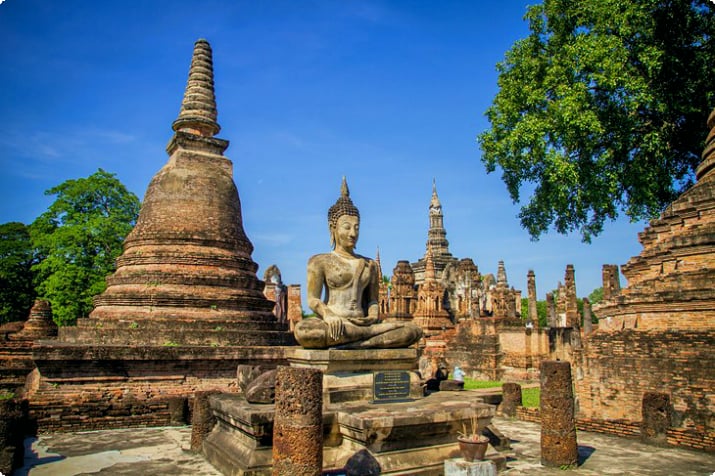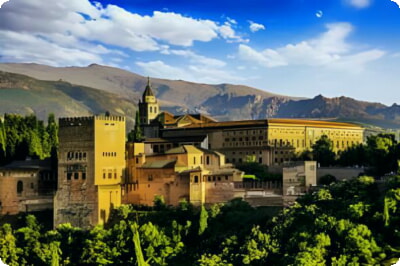Explore Austria's Top Cities: A Guide to Historic and Cultural Gems
Austria may be small, but it's packed with historic cities set against the backdrop of the majestic Alps. Nearly 60% of the country is dominated by these mountains, providing a stunning setting for its urban centers, many of which lie along the Danube River.
The Hapsburg family, who ruled for over seven centuries, left a legacy of grand palaces across Austria. These opulent residences, complete with elaborate gardens and architectural details, are a major draw for visitors.
In Austria's cities, historic districts showcase ornate facades with Baroque and Rococo styles, while numerous churches display a range of architectural designs.
Discover Austria's rich history by visiting its most captivating cities.
1. Vienna (Wien)
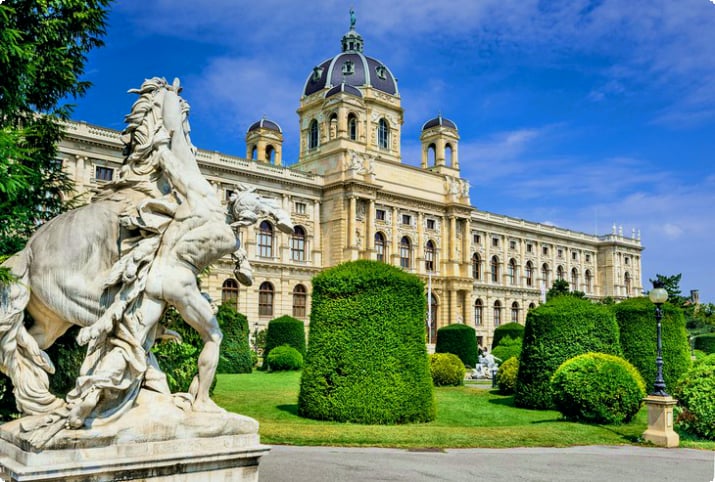
Vienna, Austria's capital, is a cultural hub with three grand palaces, including the expansive Imperial Hofburg Palace, the Schönbrunn Palace with its Imperial Apartments and Palm House, and the Belvedere Palace, housing an impressive art collection.
Art enthusiasts will appreciate the Kunsthistorisches Museum, which features masterpieces by renowned artists. The Hofburg Palace complex also hosts several museums, such as the Sisi Museum and the Naturhistorisches Museum.
Accommodation: Where to Stay in Vienna: Best Areas & Hotels
2. Salzburg
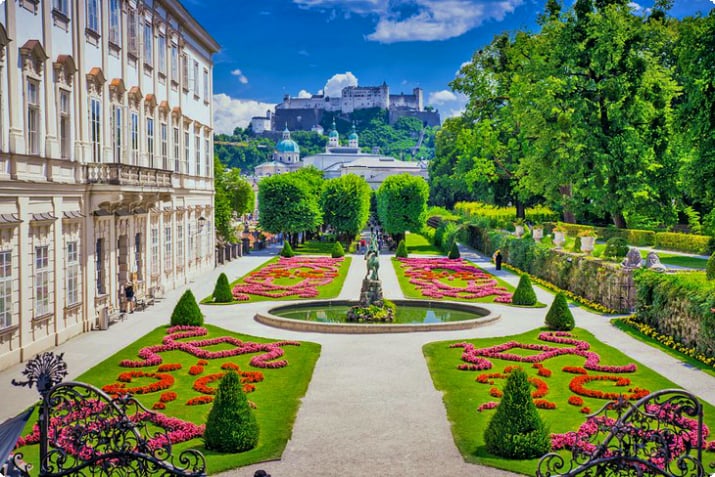
Salzburg, the birthplace of Mozart, offers a museum in his family home, the Festival Theaters for classical music, and the Old Town with landmarks like the Residenzbrunnen fountain and Salzburg Residenz. The city's palaces, including Hellbrunn and Mirabell, are famous for their roles in "The Sound of Music."
Religious sites like Salzburg Cathedral, where Mozart was baptized, and St. Peter's Church, with its Gothic and Rococo elements, are also significant.
Accommodation: Where to Stay in Salzburg: Best Areas & Hotels
3. Graz
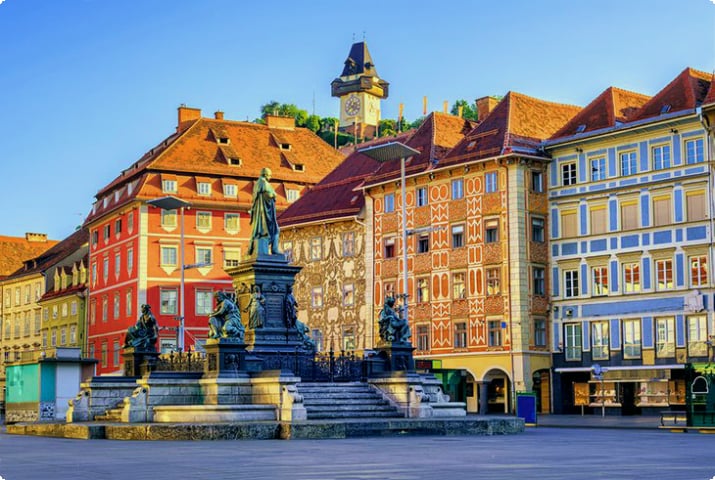
Graz, known for its cultural significance and as the birthplace of Arnold Schwarzenegger, boasts a UNESCO-listed Old Town with Baroque and Renaissance architecture. The city is home to the world's largest historical armory, the Styrian Armoury, and the Kunsthaus Graz, an art museum in an alien pod-like building.
Accommodation: Where to Stay in Graz
4. Innsbruck
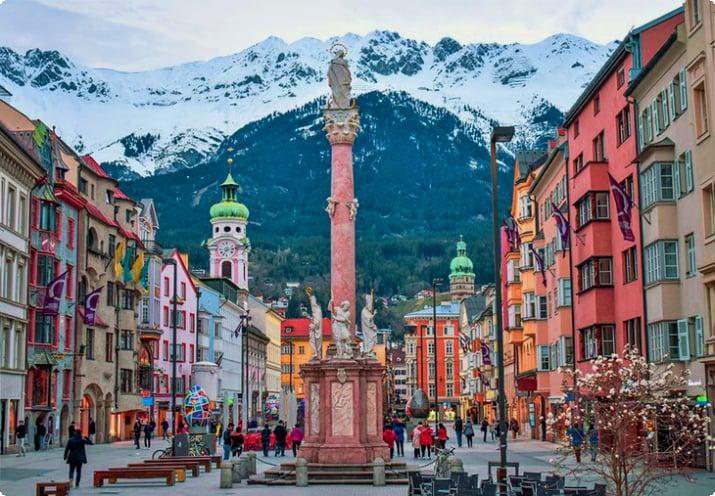
Innsbruck, a premier ski destination, offers a unique cable car system to the Nordkette ski area. The city's Old Town features a mix of medieval, Tyrolese, and Baroque architecture, with landmarks like the Helblinghaus and the Old Rathaus.
Accommodation: Where to Stay in Innsbruck
5. Klagenfurt
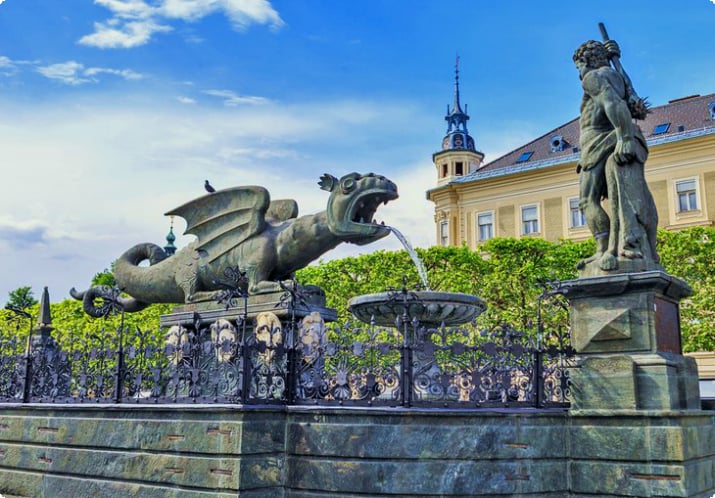
Klagenfurt, near the Slovenian border, is known for its pedestrian zones lined with Baroque buildings and the Lindwurmbrunnen, a dragon sculpture symbolizing the city's origins.
Accommodation: Where to Stay in Klagenfurt
6. Linz
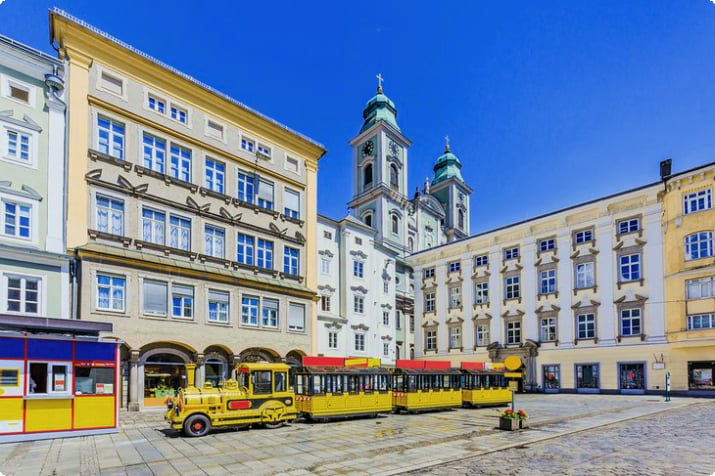
Linz, set on the Danube, is rich in history and culture, with attractions like Linz Castle and the old town's Hauptplatz, surrounded by Baroque buildings.
Accommodation: Where to Stay in Linz
7. Bregenz
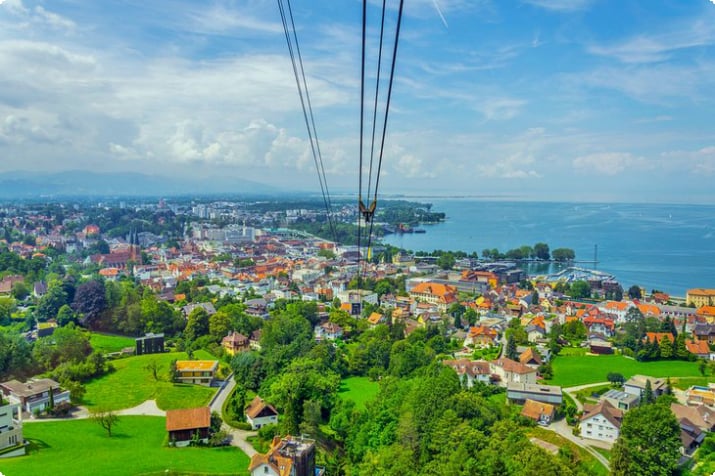
Bregenz, on Lake Constance, is famous for the Bregenz Festival and the Pfänderbahn cable car, offering panoramic views and winter skiing.
Accommodation: Where to Stay in Bregenz
8. Wels
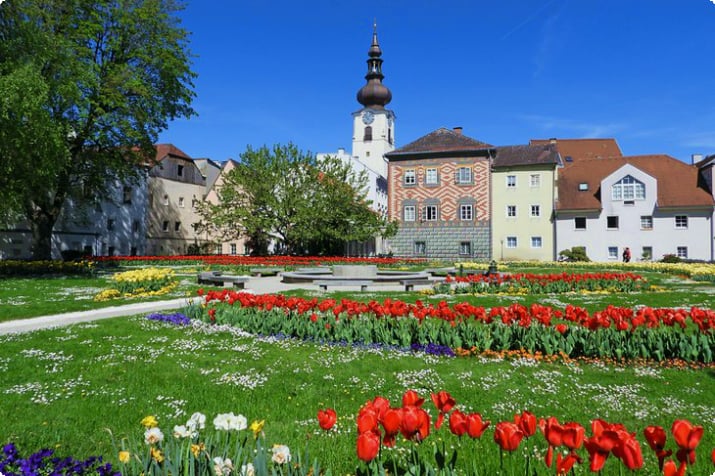
Wels, a historic city with Roman roots, features the Ledererturm and a pedestrian shopping area with historic churches and museums.
Accommodation: Where to Stay in Wels
9. Villach
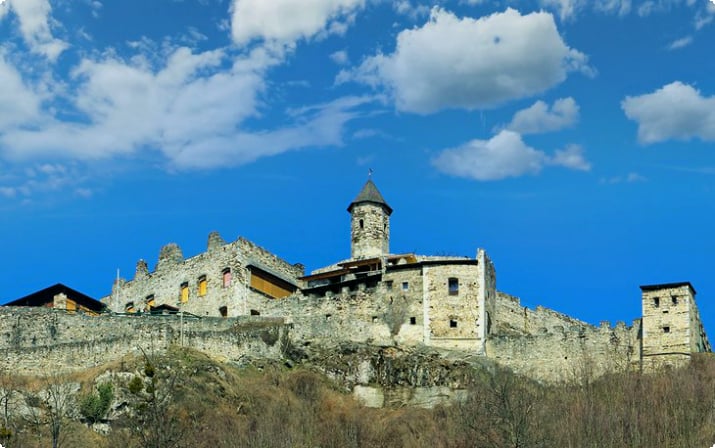
Villach, nestled between mountain ranges, offers a charming Old Town Square and proximity to ski resorts and family attractions like Affenberg Zoo.
Accommodation: Where to Stay in Villach
10. Melk
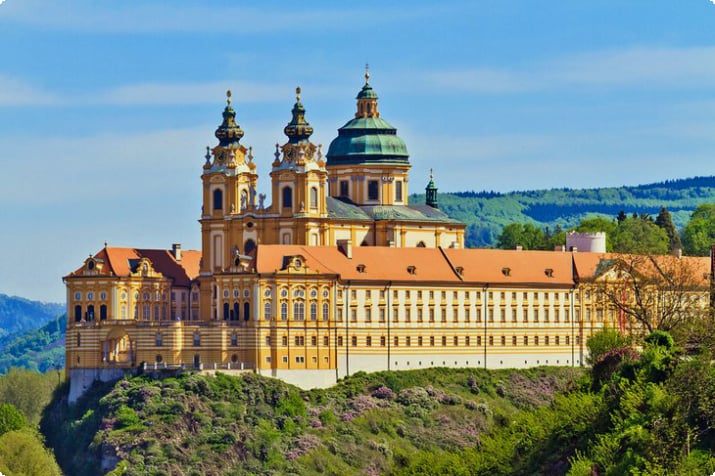
Melk is renowned for its Benedictine Abbey, a Baroque masterpiece, and its picturesque Old Town.
Accommodation: Where to Stay in Melk
11. Eisenstadt
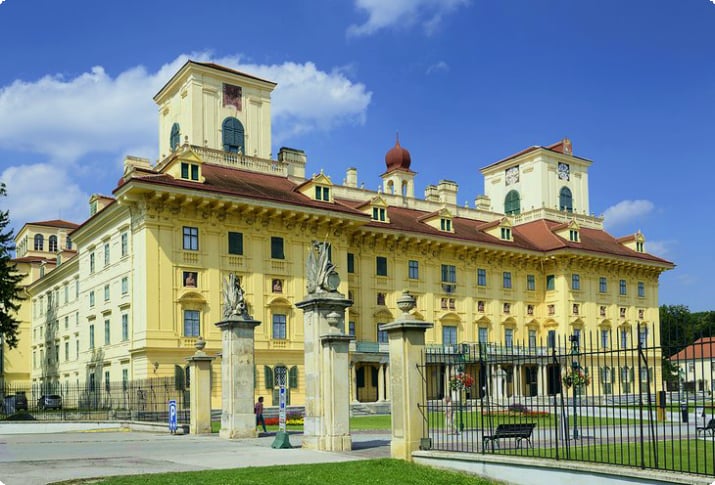
Eisenstadt, the capital of Burgenland, is home to the Esterhazy Palace and the Haydn House, celebrating the composer's legacy.
Accommodation: Where to Stay in Eisenstadt
12. Sankt Pölten
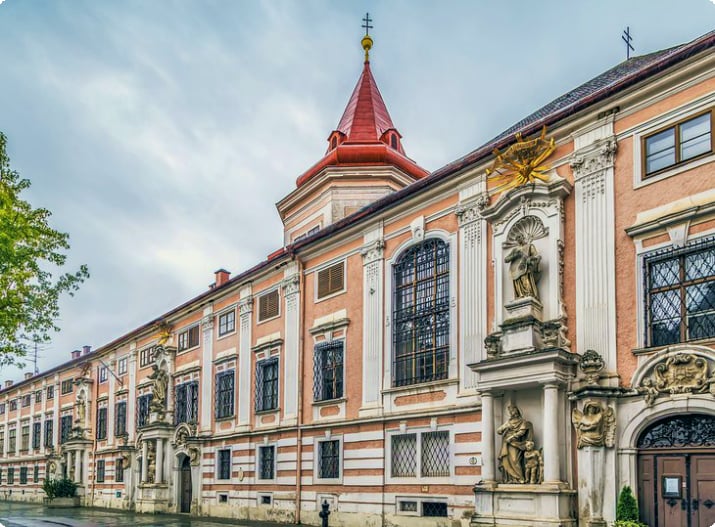
Sankt Pölten, the capital of Lower Austria, blends historic Baroque architecture with modern landmarks and museums.
Accommodation: Where to Stay in Sankt Pölten

